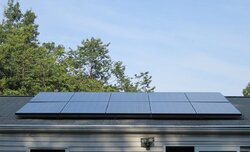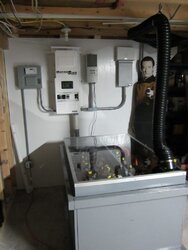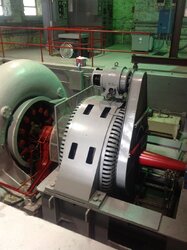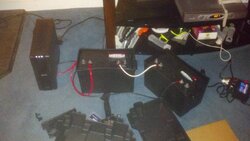batchman
Burning Hunk
Im not sure it works like that.
Think of it like filling up a kiddie pool with a garden hose. The pool will fill up in a few minutes. If you take the same hose and try to fill up an olympic size swimming pool, it doesn't overload the hose, it just takes ALOT longer.
Except when electronics run at their capacity they get hot, and if not well designed they get hot enough to damage themselves - especially if run at capacity for a long time.
HTH,
- Jeff





